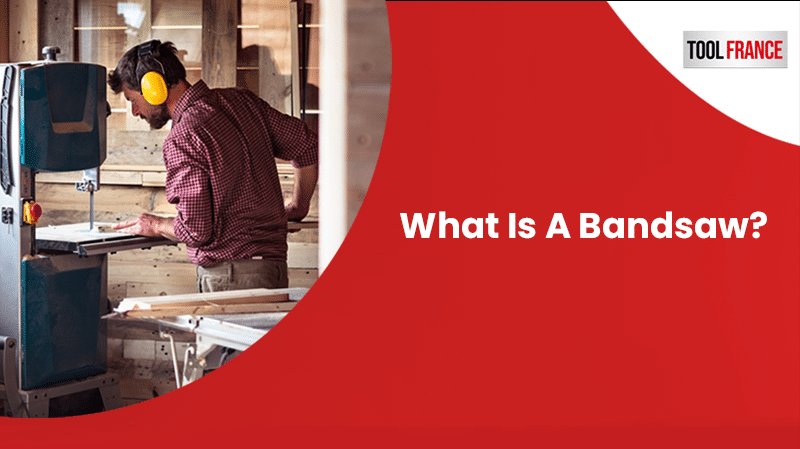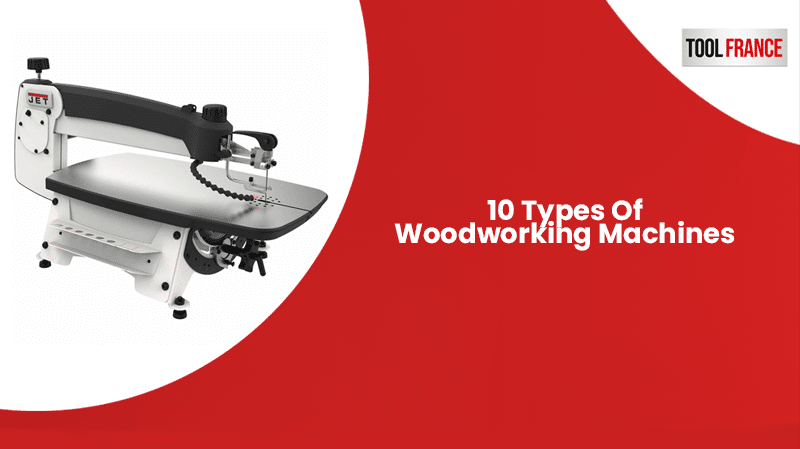If you’re invested within the woodworking industry, then you’ve probably heard of the word ‘bandsaw’. What is it you may ask? Well, grab your popcorn and take a seat because this blog is going to answer that question!
What is it?
A bandsaw is a cutting tool with a long blade that is rotated by normally 2 or 3 wheels, in the same place. The allow the blade to drive and cut whatever you put Infront of it. With the correct blade, you can cut through plastic, wood, and even metal.
These come in different sizes and the configuration for this is teeth per inch (TPI). You will need to know this when buying a handsaw.
These do require a motor to run which most commonly are powered by 2.5 and 3.2 A. These do need a stand; however, it tends to be the more expensive ones that come with a stand. You may find that yours may have come as a portable unit. In that case, you would have to go and find your own table.
What is its purpose?
The main purpose of a bandsaw is you guessed it, to cut throughout workpieces quickly and effectively. As it is fixed upright you are able to cut irregular shapes that other saws simply just can’t achieve.
Types of bandsaws
- Vertical bandsaw: These are highly reliable and are normally meant for cutting metals. The name is meant to be taken quite literally.
- Horizontal bandsaw: This is used for finer projects as it is used for cutting larger pieces of metal into more workable sizes. And to do so, it trades its power for versatility.
- Double cut bandsaw: This bandsaw has teeth on both sides, allowing it to cut in two directions. It tends to normally be used for heavy-duty industrial setting work, but they work just as well on the finer materials.
- Benchtop bandsaw: These tend to have a very small workspace with very short yet strong blades meant for more fine and intricate cutting.
- Resaw bandsaw: These are primarily used for cutting timber along the grain as it reduces large sections into smaller sections, whilst curtailing wood wastage.
Bandsaw blades
The blades are categorised by their tooth configuration into either regular, hook, or skip.
Regular tooth blades are straight and evenly spaced which are mostly used for regular cutting on the likes of wood and metal.
Hook tooth blades have larger spaces than regular tooth blades as well as an undercut face in order to make fast cuts on the likes of plastics, metal, and thick pieces of wood.
Skip tooth blades aren’t as common and are used for nonferrous metals and softwood. It has widely spaced teeth with shallow gullets, which is perfect for softwood as it doesn’t get clogged so easily.
Maintenance
Always make sure to clear any mess made after use as well as applying wax to the table and rust remover from the blade to prevent blunt blades and the formulation of rust.
Bandsaw VS Scroll saw
Bandsaws tend to have big and flexible blades, whereas scroll saws tend to be very thin. This is because bandsaws are used to cut larger pieces whilst scroll saws are for fine designing and detail.
What bandsaw should I buy?
If you head over to our website, www.toolfrance.com, we have detailed explanations on what to buy depending on your needs. If you would like to speak to someone to discuss this further, give us a call on UK: 02476 619267 France: +33 169 11 37 37.
Conclusion
To put it simply, bandsaws are used to make cuts, regular or irregular, through thick or thin, etc. We hope this blog helped answer any questions you had prior to reading it!




